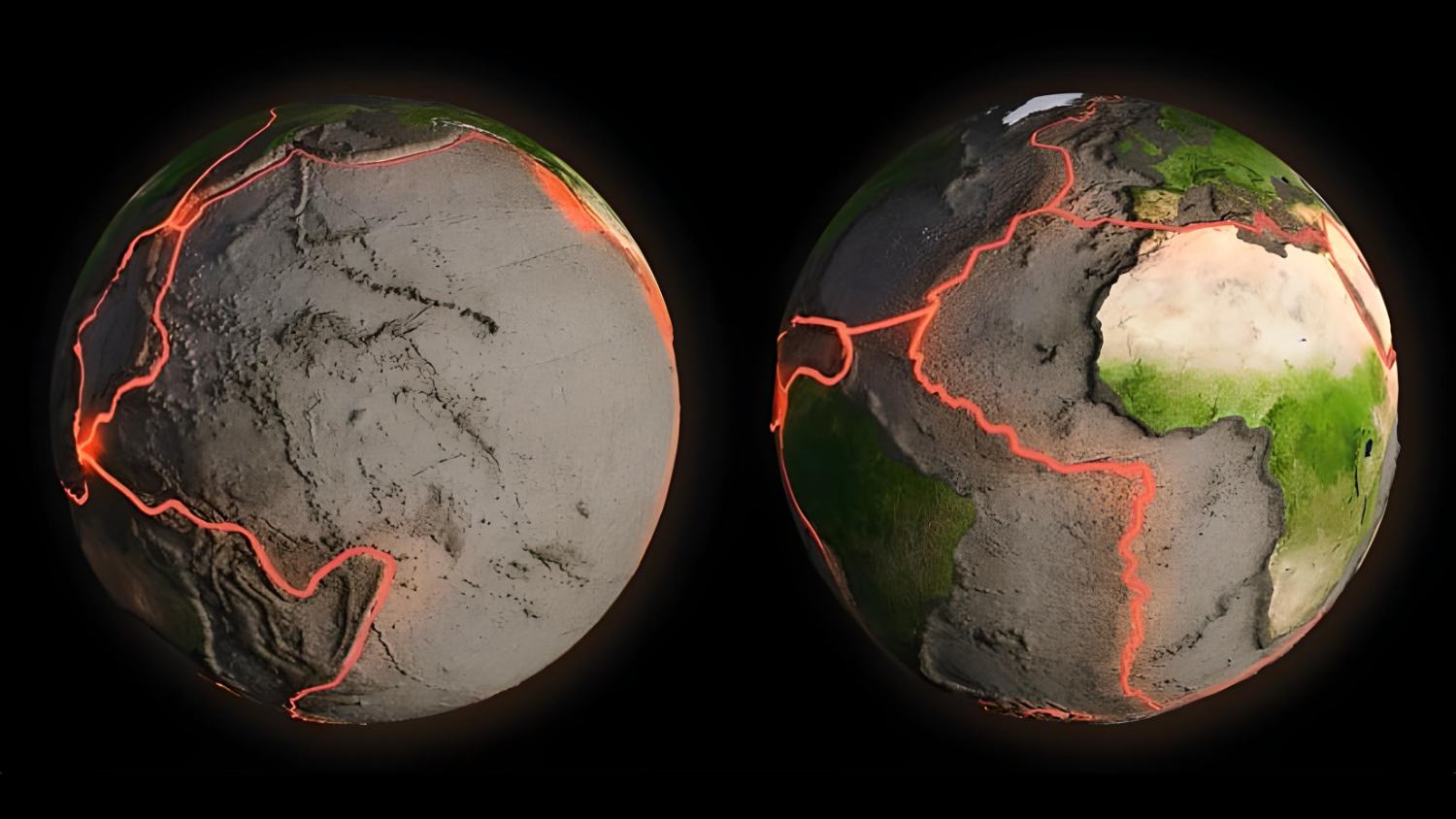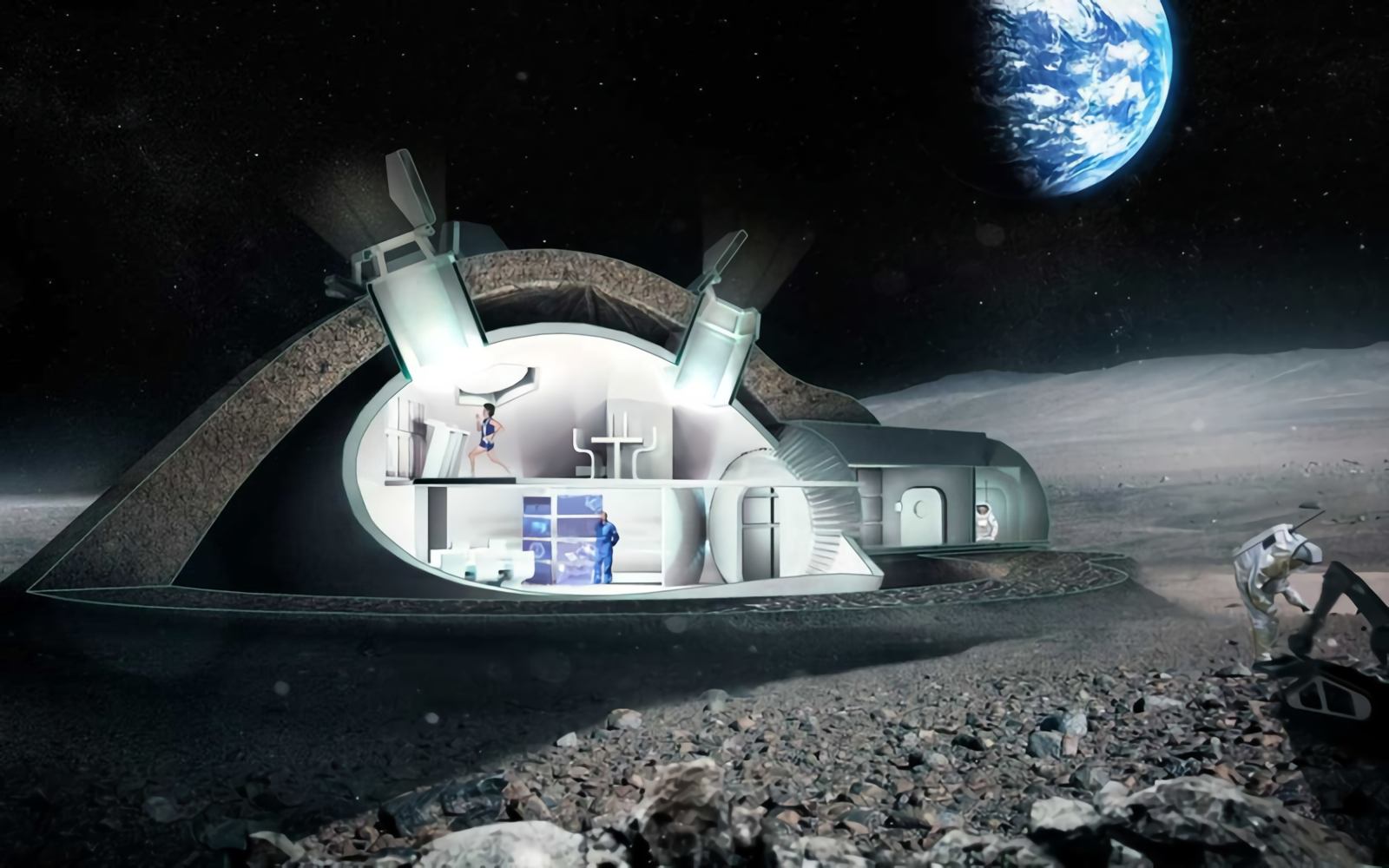Jupiter is brighter and more visible in the sky now than it has been for decades. This is because, as viewed from Earth, the gas giant is directly opposite the Sun during its opposition. Jupiter is unique in that this opposition nearly exactly coincides with when the planet approaches its closest point in orbit to Earth. That makes Jupiter’s distance from Earth “only” 367 million miles (591 million kilometers), which is the closest Jupiter has been to Earth in 60 years. At the moment, Jupiter is one of the brightest objects in the sky.
Jupiter is the largest and most massive planet in our Solar System. This gas giant also spins the fastest, has the most moons, and produces the most intense storms. Only its migration made it possible for Earth to become habitable and Venus to become a hot hell, and its existence has affected the formation of the solar system.
Jupiter, despite its considerable distance from Earth, is visible to the naked eye in the night sky because of its large diameter of 88,900 miles (143,000 kilometers). These days, it may be seen as an “evening star” high above the southeast horizon immediately after sunset and remain visible all night long. Its brilliance rivals that of the brightest stars.
Jupiter is right now closer and brighter than it has been in the last 60 years
Today, on September 26, 2022, Jupiter presents an especially breathtaking panorama. Due to the fact that Earth is just passing the more slow-moving Jupiter in its “inner orbit,” the Sun, Earth, and Jupiter will all be in a straight line for a brief period of time. Jupiter is right now totally lighted by sunlight as seen from Earth since it is in opposition to the Sun at the moment. Because of this, Jupiter is appearing very luminous. Such an “overtaking maneuver” of the Earth occurs about every 13 months.
However, this year there is an additional complication: Because neither the Earth’s nor Jupiter’s orbits around the Sun are perfectly round, the distance between them during opposition fluctuates greatly. Between 360 and 600 million miles (580 and 966 million kilometers) separate Jupiter from Earth.
However, Jupiter’s proximity to Earth during its present opposition is enhanced by the fact that it will soon reach its perihelion, or closest approach to the Sun, in January 2023. Only 367,000,000 miles (591,000,000 kilometers) separate us from this planet, and this happened for the last time approximately 60 years ago in 1963.
Because of this, Jupiter is brighter now than it has been in decades. With an apparent size of slightly less than 50 seconds of arc and a brightness of magnitude -2.94, it is difficult to miss Jupiter in the sky today. Right now, only the Sun, Moon, and Venus can compete with Jupiter’s brightness. Once every 107 years, we can see Jupiter this prominently in the sky. So, this is a “once in a lifetime moment.”
Best time to observe the four large moons of Jupiter
Now, with the use of binoculars, the four Galilean moons of Jupiter can be spotted as well. These moons are named Io, Europa, Ganymede, and Callisto. You can see these big moons of Jupiter as pinpoints of light to the right and left of the planet. Galileo Galilei discovered them about 410 years ago. Jupiter’s characteristic stripes can be seen with binoculars or a small telescope with a little luck. This event also allows us to track the motion of Jupiter’s moons as they pass in front of the gas planet.
Those who want to push their luck might try to spot Ganymede and Callisto with the naked eye. To accomplish so, select a dark area and position yourself such that Jupiter is partially blocked by a tree, lamppost, or another object. For instance, on September 26 at roughly 10:00 p.m., Ganymede will be visible to Jupiter’s left, and on September 27 around the same time, Callisto will be transiting the outer section of its orbit around Jupiter.






